What Your Roofing Contractor Wishes You Knew Before Starting a Roof Replacement
Replacing your roof is a major investment—and not just financially. It’s one of those home improvement projects that can significantly affect your property’s value, safety, and comfort. Yet, many homeowners head into the roof replacement process with little understanding of what’s involved, which can lead to confusion, stress, and even extra costs. If you’ve started researching your options or scheduling consultations, you might already be feeling overwhelmed. That’s completely normal. But to help smooth the process, we asked what a roofing contractor really wants homeowners to know before starting a roof replacement. Here’s what you should be aware of before the first shingle is ever removed.
Your Roof Might Not Be As “Fine” As It Looks
One of the most common things homeowners say is, “It doesn’t look that bad.” But roofing issues are often hidden beneath the surface, and by the time a leak or visible damage appears, the problem may already be serious. Just because your shingles aren’t curling or flying off in the wind doesn’t mean your roof is in great shape. Your roofing contractor knows how to look for signs of underlying issues like trapped moisture, deteriorating flashing, weakened underlayment, or sagging decking. These signs are often invisible to the untrained eye from the ground. According to Today’s Homeowner, roofs older than 20 years often need frequent repairs, making replacement the better long-term option. Age, climate, and the quality of previous installations all affect the condition of your roof. So, if your roof is pushing that 20-year mark, don’t wait for a visible leak to take action.
It’s easy to underestimate the condition of your roof when everything looks fine from the street, but hidden damage can lead to costly repairs down the line. A thorough inspection by a professional roofing contractor can catch these problems early, saving you money and hassle in the future. Remember, roofs are complex systems where even small issues can quickly escalate if left unaddressed. Staying proactive and trusting your contractor’s expertise will help protect your home’s structure and your peace of mind. Don’t let “it doesn’t look that bad” be the reason for unexpected expenses or emergencies.
A Roof Replacement Involves More Than Just Shingles
When most homeowners think of a roof replacement, they picture rows of shingles being nailed down. But a complete roof system is much more than that. A good roofing contractor will help you understand how all the components work together—and why they matter. A proper roof replacement often includes removing all existing roofing material, inspecting and potentially replacing the decking (wood underneath the shingles), installing underlayment (usually a waterproof or water-resistant layer), adding ventilation to regulate attic temperature and moisture, replacing flashing and drip edges, and choosing appropriate ridge caps and sealants. Skipping any of these steps can lead to a shorter lifespan or poor performance from your new roof. Your contractor isn’t just replacing what you can see—they’re building a complete system designed to protect your home from wind, rain, snow, and heat for decades.
Permits, HOA Rules, and Local Codes Matter More Than You Think
Let’s be honest—paperwork isn’t exciting. But permits and compliance with local building codes are essential parts of a roofing project that many homeowners overlook. Some neighborhoods also have homeowners' association (HOA) rules that dictate what types of roofing materials or colors can be used. A licensed roofing contractor will handle these permits and ensure everything complies with local codes. This protects you from potential fines, legal headaches, or delays in the project. Plus, if you ever plan to sell your home, unpermitted or non-compliant work can be a red flag for potential buyers and home inspectors. Also, be prepared to communicate with your HOA, if applicable, well before the project begins. Your contractor can often help with this process, but giving them a heads-up ensures there are no surprises mid-project.
Understanding the importance of these regulations upfront can save you time and stress down the road. It's always better to have everything squared away before the first shingle goes up. Plus, working with a knowledgeable roofing contractor means you won’t have to navigate the confusing paperwork alone. They act as your advocate, ensuring your project stays on track and within legal boundaries. By staying proactive about permits and compliance, you can focus on the excitement of your new roof, knowing the behind-the-scenes details are taken care of.
Pricing Can Vary—But Cheap Isn’t Always Best
Everyone wants a good deal—but when it comes to roof replacement, cost-cutting can lead to major regrets. The cheapest bid isn’t necessarily the best option. In fact, it’s often a red flag for poor materials, rushed labor, or lack of insurance coverage. A professional roofing contractor knows how to provide a detailed, transparent estimate that covers all labor, materials, and contingencies. They may not be the lowest bid you receive, but they will often offer the best long-term value. There are several factors that influence roofing costs, including the type and brand of roofing materials, the size and pitch (steepness) of your roof, its complexity (like chimneys, skylights, and multiple levels), local labor costs, tear-off and disposal of old materials, and permits or inspections. Always ask what’s included in your quote and request clarification if anything is unclear. It’s better to get everything in writing than to deal with unexpected charges later.
Prep Your Home and Family for the Process
You might be surprised how disruptive a roof replacement can be—especially if you’ve never gone through one before. From noise to vibrations to possible debris in your yard, it’s not something you’ll want to schedule during a relaxing staycation or a big backyard party. Here are a few ways to prepare: move outdoor furniture, potted plants, or grills away from the house; clear your driveway so contractors can access tools and materials; let neighbors know about the upcoming noise; secure fragile items inside the house that could shift due to vibrations; and make arrangements for pets that are sensitive to loud sounds. Depending on the size and complexity of your roof, the job might take anywhere from one to three days. While you don’t need to leave your home, being prepared for the commotion will help make the experience less stressful. Also, keep in mind that the weather can delay work, and a responsible roofing contractor will plan accordingly to protect your home in between workdays if needed.
Roof replacement doesn’t have to be overwhelming or mysterious. The more you understand about the process, the better prepared you’ll be to make confident decisions about your home. A trustworthy roofing contractor wants you to feel informed—not pressured. Remember: your roof’s age and condition may warrant replacement even if it looks “fine.” A quality replacement involves more than shingles—it’s an entire system. Permits, codes, and HOA guidelines are critical for legal and lasting work. The cheapest bid often costs more in the long run. And preparation helps reduce stress for you and your family. If you’re considering a roof replacement, take time to ask questions, review your options, and choose a contractor who values communication as much as craftsmanship. A little knowledge goes a long way toward making this major investment a successful one.
Ready to take the next step toward a safer, longer-lasting roof? Contact Motto & Sons Roofing & Construction today to schedule your free roof evaluation and experience the trusted service homeowners rely on.



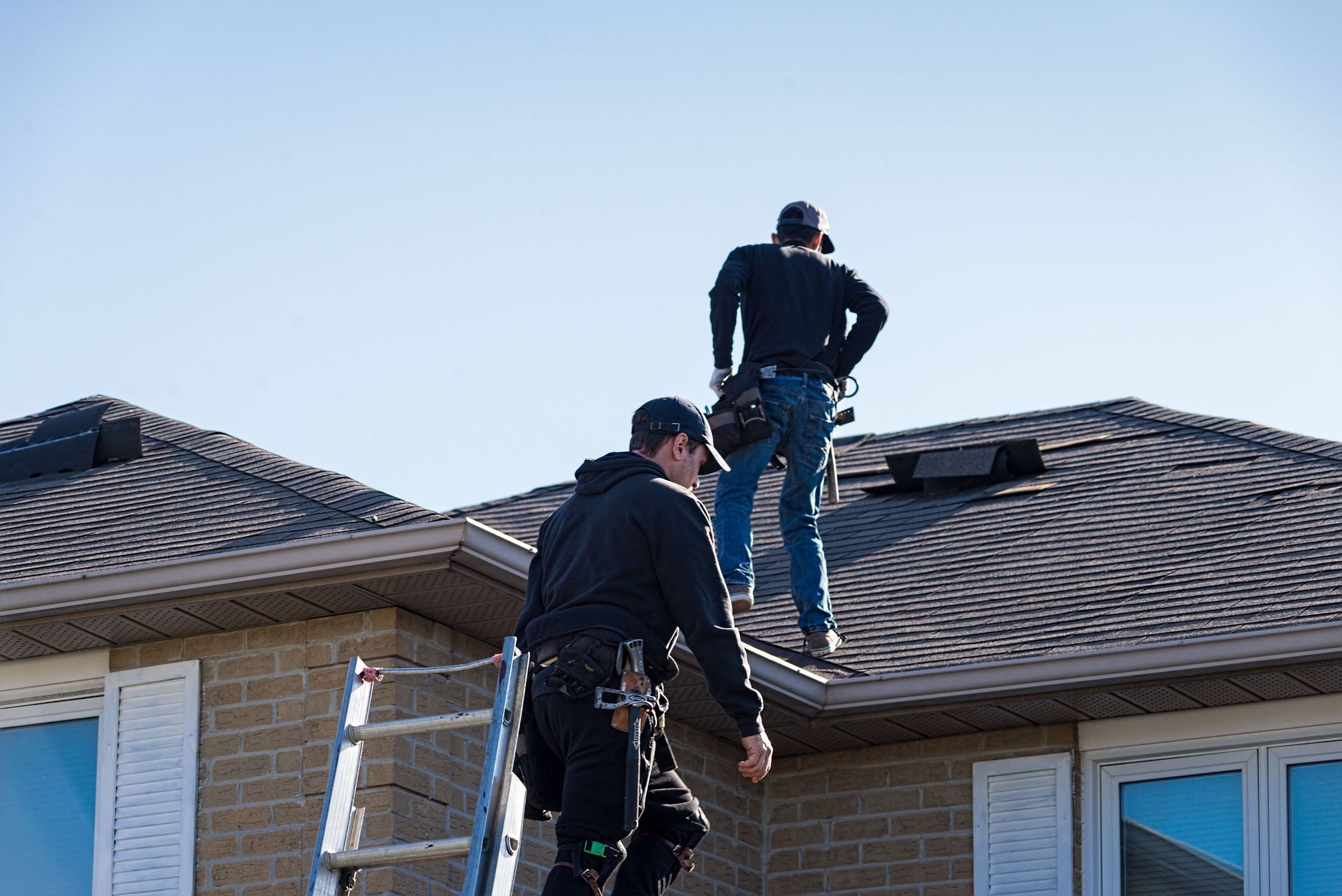
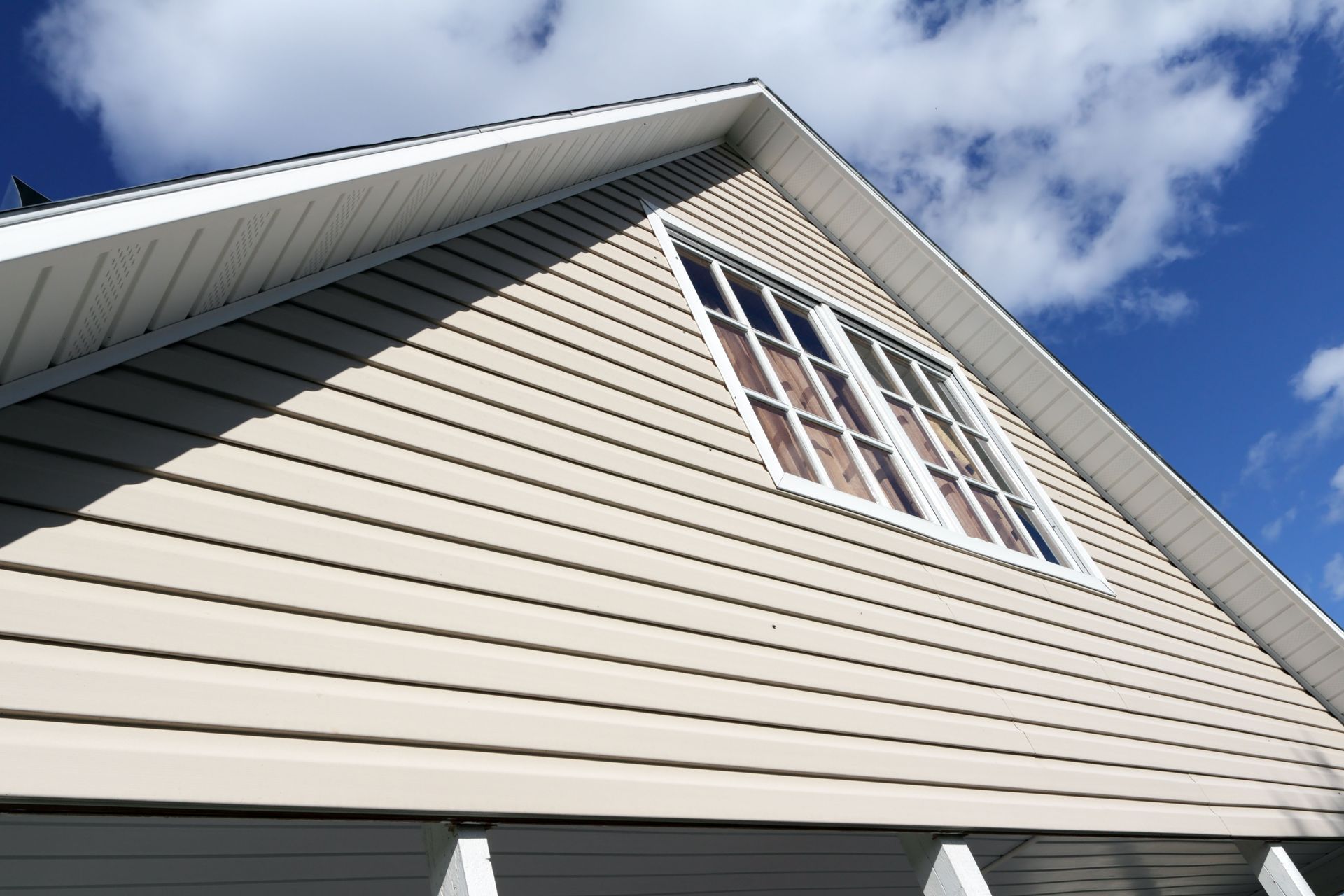
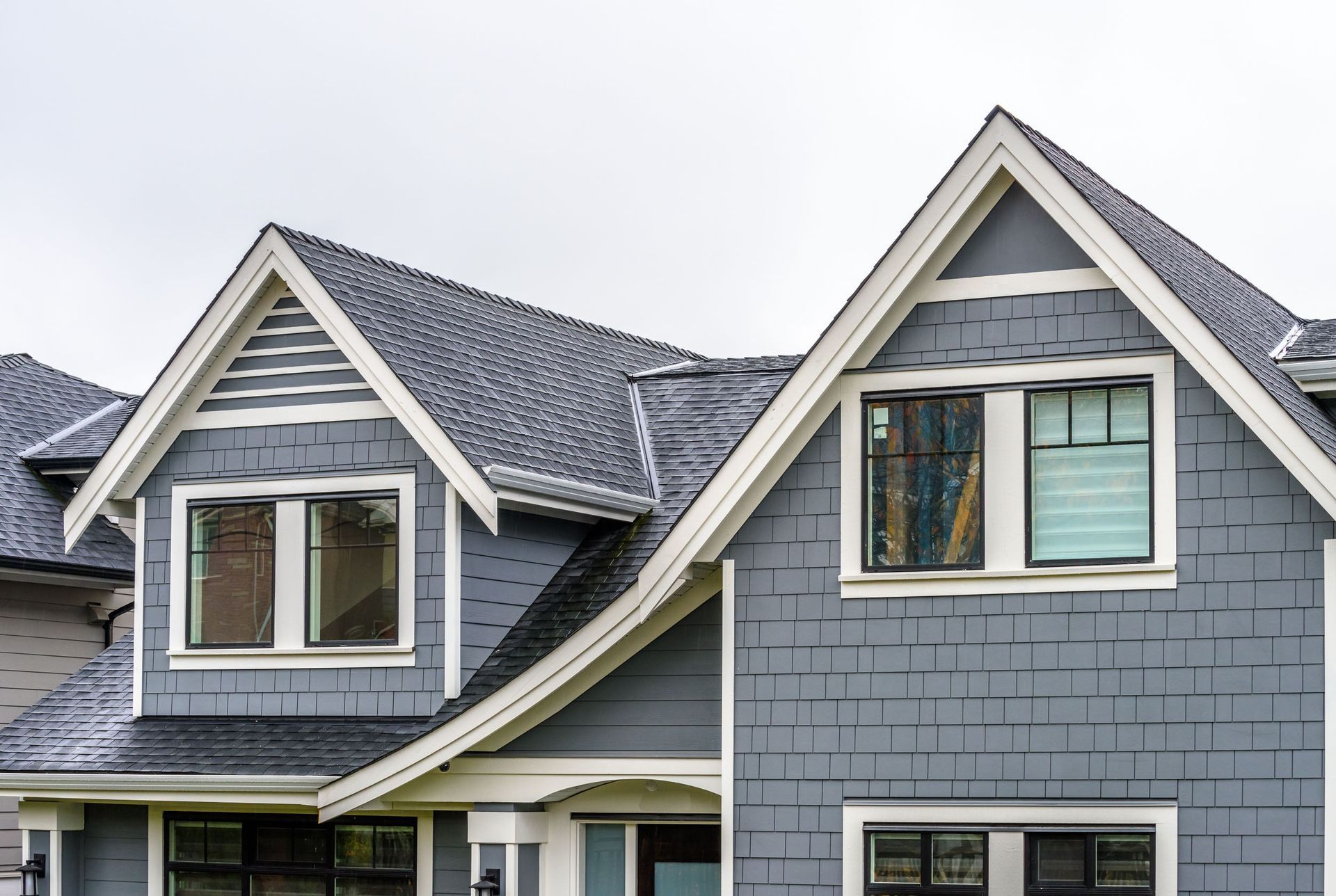
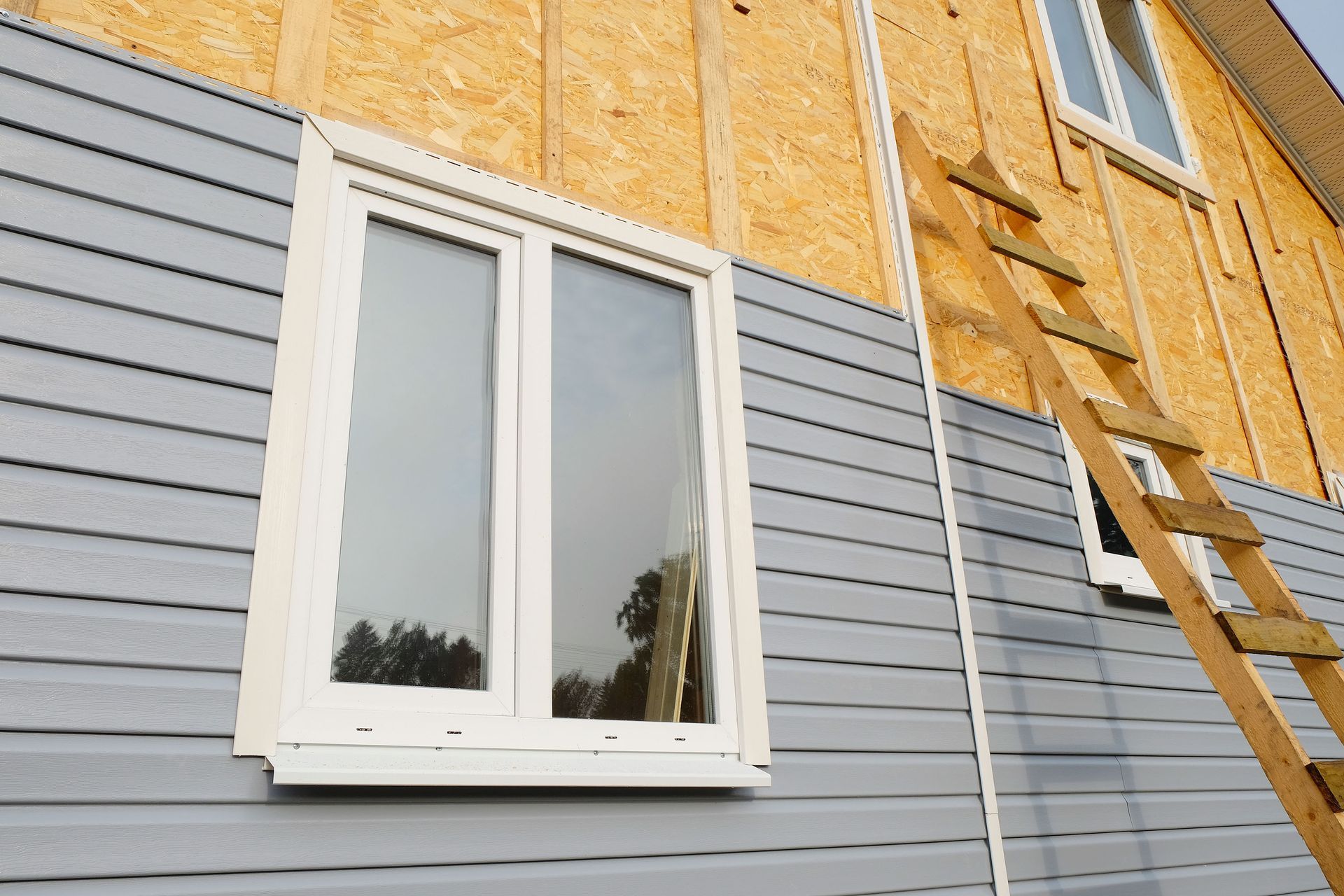
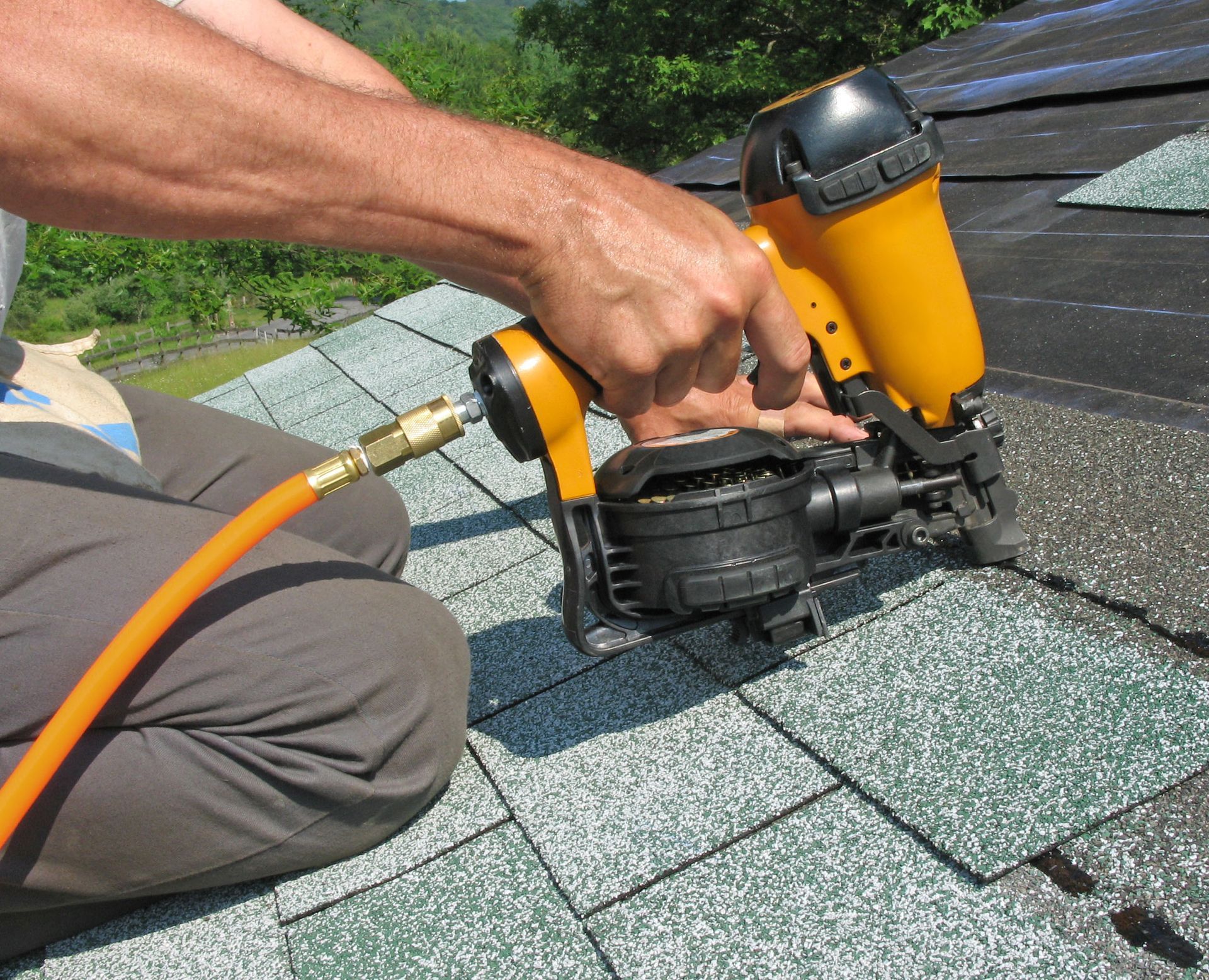
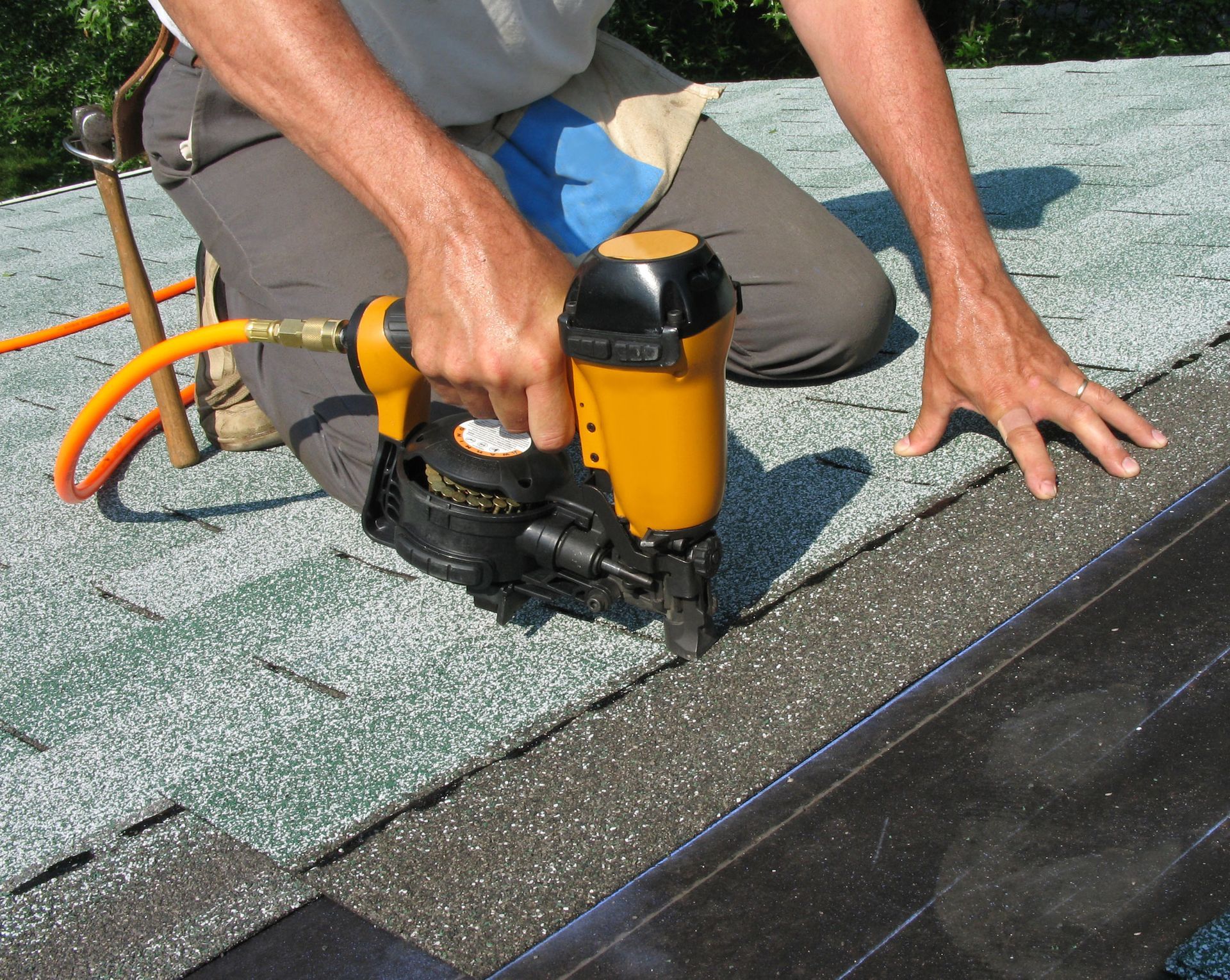
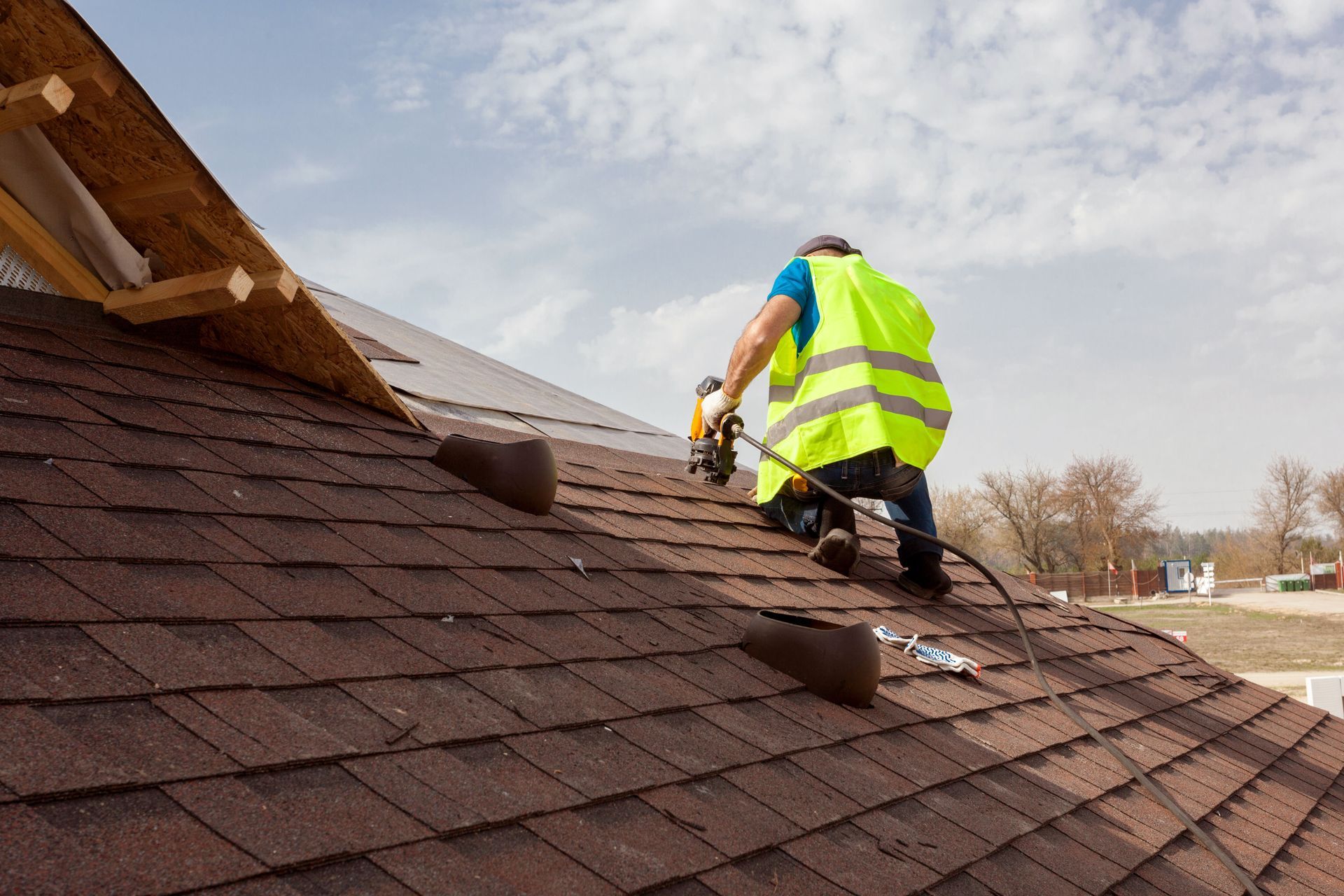
Share On: